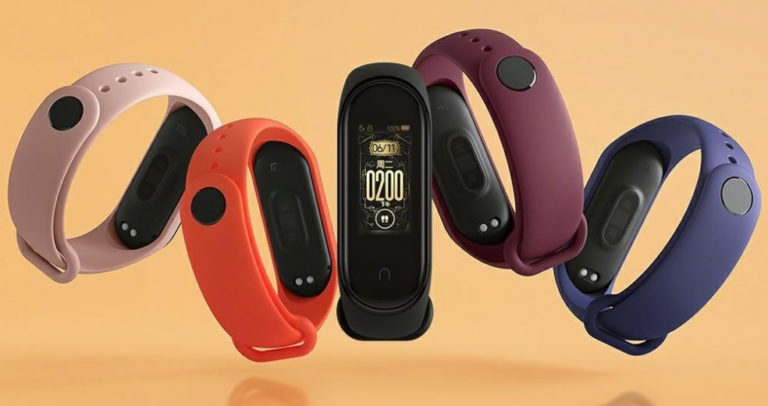Xiaomi is touted as the worlds second largest manufacturer of wearable smart bands largely because of it’s appetite in the budget segment of the market which has been neglected far too long. While it launched it’s first ever wearable almost half a decade ago, the current outing has more features and the price tag has been fairly kept at minimum. The Xiaomi Mi Band 4 unlike its immediate predecessor introduces NFC capability, a color display and voice assistant while keeping prices not far away.
It’ll be interesting to see how the latest smart band performs on the market that’s largely flooded by Chinese counterfeits considering users will now get a high-end 0.95-inch AMOLED color screen that has a resolution capped at 120×240 pixels with a price tag that’s reasonably low. On top of the additional new features’ consumers will get on the Xiaomi Mi Band 4, it has a 2.5D scratch-resistant glass and features 77 colorful dial themes for added personalization and eight distinct bands.
Having owned a Chinese counterfeit version of smart band that had all the good features mentioned at the time of purchase such as blood pressure and heartbeat measuring, now more than ever I’d love to own one of the Xiaomi Mi Band 4 considering it’ll cost me less than Kenyan shillings 5,000. And the juice doesn’t end with the above-mentioned new goodies on the band, the fourth iteration now comes with a new six-axis high precision accelerometer for better sport tracking that is equipped with a swimming stroke recognition capability. What that basically means is; the band has latest technology that is now capable to tell more precisely about your activities under water.
And if you are trying hard to imagine how the band would survive under water, you’d be impressed to learn that the Xiaomi Mi Band 4 can survive deep up to 50 meters thanks to the waterproof design and the band will even be able to determine your swimming skills based on your performance.
The Mi Band 4 is available in six color options with a limited edition of Avengers Series that boasts custom bands and watch faces. While the standard model is expected to cost anywhere around Kenyan shillings 2,500; Kenyan’s will have to embrace online outlets such as amazon and eBay to purchase one at least until it’s locally available if that will ever happen. The NFC enabled model will fetch close to Ksh. 3,500 and the limited edition raking in Ksh.5,000 apiece.
The manufacturer has capped battery life at 20-days before you’ll need to charge again, something the Chinese counterfeit market has struggled to achieve.








